Enxhell Luzhnica
Quantum Graph Neural Networks
Sep 26, 2019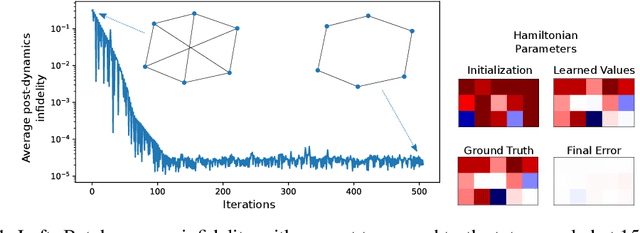

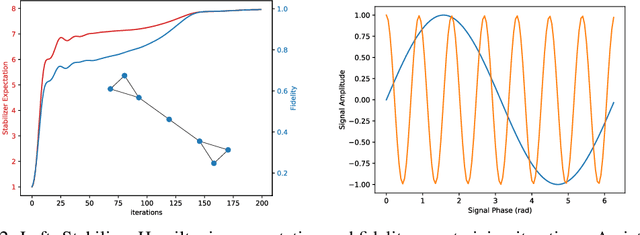
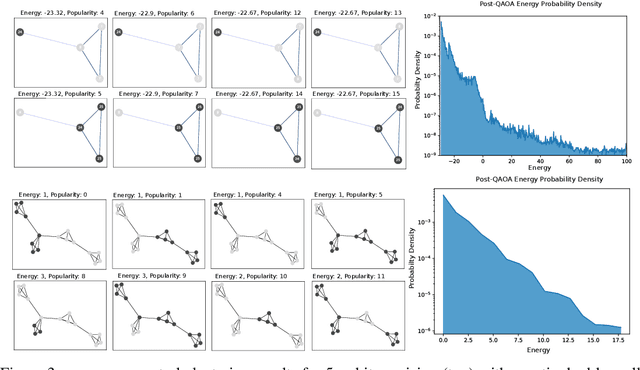
Abstract:We introduce Quantum Graph Neural Networks (QGNN), a new class of quantum neural network ansatze which are tailored to represent quantum processes which have a graph structure, and are particularly suitable to be executed on distributed quantum systems over a quantum network. Along with this general class of ansatze, we introduce further specialized architectures, namely, Quantum Graph Recurrent Neural Networks (QGRNN) and Quantum Graph Convolutional Neural Networks (QGCNN). We provide four example applications of QGNNs: learning Hamiltonian dynamics of quantum systems, learning how to create multipartite entanglement in a quantum network, unsupervised learning for spectral clustering, and supervised learning for graph isomorphism classification.
On Graph Classification Networks, Datasets and Baselines
May 12, 2019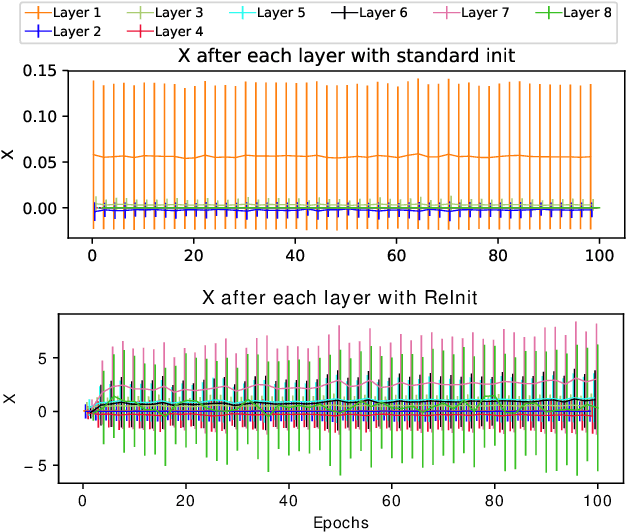
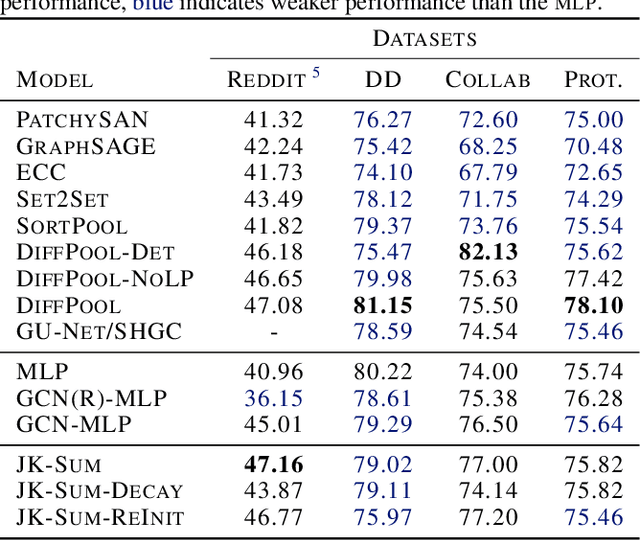
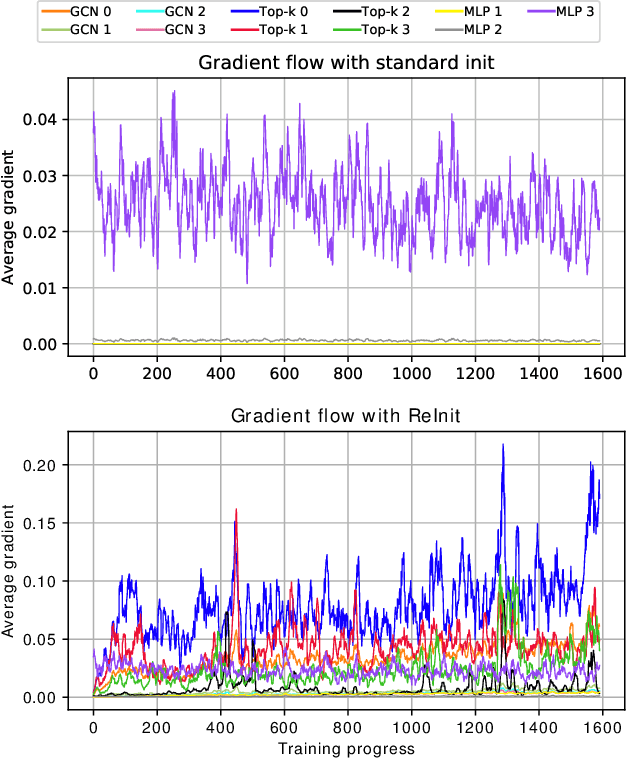
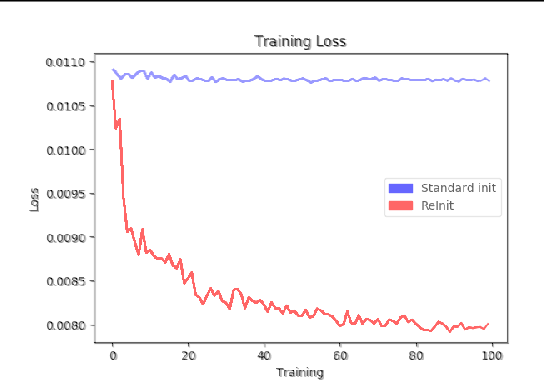
Abstract:Graph classification receives a great deal of attention from the non-Euclidean machine learning community. Recent advances in graph coarsening have enabled the training of deeper networks and produced new state-of-the-art results in many benchmark tasks. We examine how these architectures train and find that performance is highly-sensitive to initialisation and depends strongly on jumping-knowledge structures. We then show that, despite the great complexity of these models, competitive performance is achieved by the simplest of models -- structure-blind MLP, single-layer GCN and fixed-weight GCN -- and propose these be included as baselines in future.
Clique pooling for graph classification
Apr 09, 2019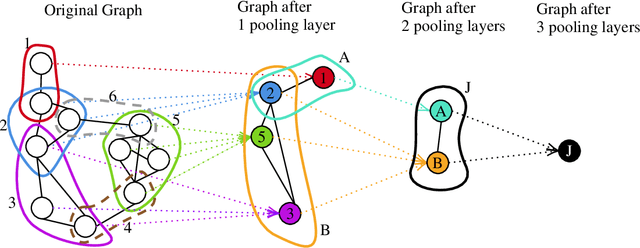
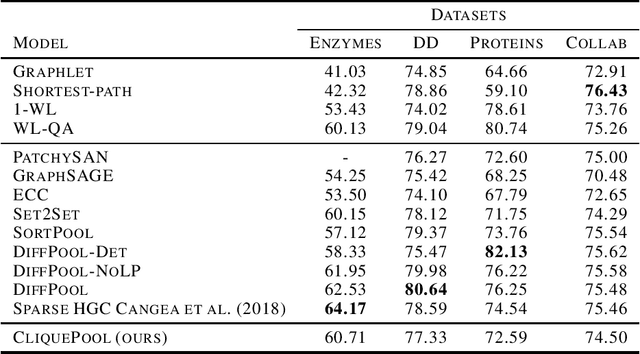
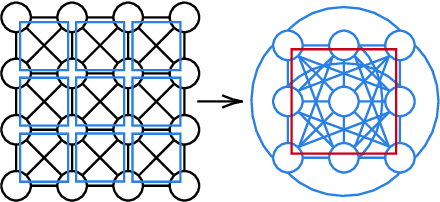
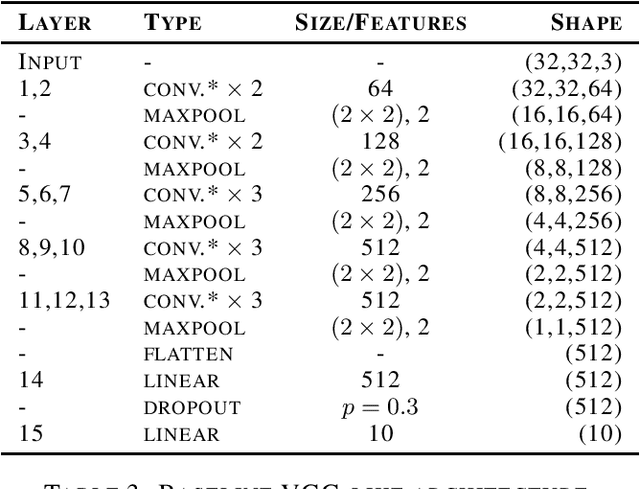
Abstract:We propose a novel graph pooling operation using cliques as the unit pool. As this approach is purely topological, rather than featural, it is more readily interpretable, a better analogue to image coarsening than filtering or pruning techniques, and entirely nonparametric. The operation is implemented within graph convolution network (GCN) and GraphSAGE architectures and tested against standard graph classification benchmarks. In addition, we explore the backwards compatibility of the pooling to regular graphs, demonstrating competitive performance when replacing two-by-two pooling in standard convolutional neural networks (CNNs) with our mechanism.
 Add to Chrome
Add to Chrome Add to Firefox
Add to Firefox Add to Edge
Add to Edge